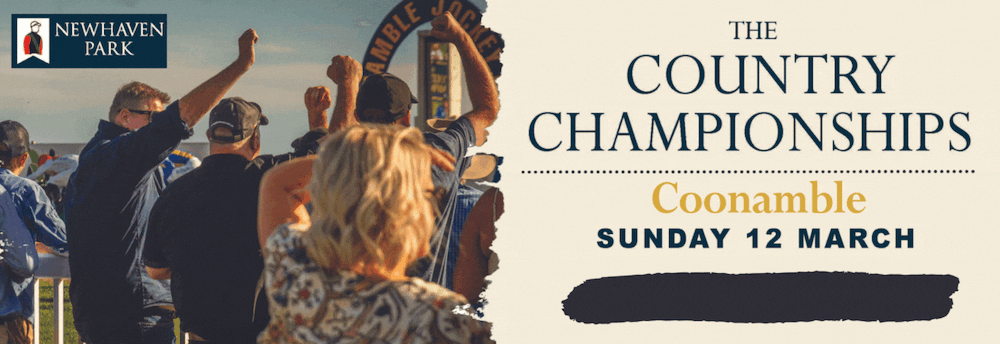Region's biggest National Park created
Luke Williams
01 March 2023, 8:40 PM
 Trees growing along inland waterway, Thurloo Downs, NSW. Image credit: Alex Pike/NSWDPE
Trees growing along inland waterway, Thurloo Downs, NSW. Image credit: Alex Pike/NSWDPE Not that long ago five massive properties spanning hundreds of thousands of hectares of bush and grazing country were a home to emus, Aboriginal artefacts, endless skies, smashing sunsets and the relatively rare dunnart mammal. After years of negotiation those properties have been sold and turned into one very big national park.
It is the biggest ever parcel of private land purchased in NSW for a national park estate means the Central West will now have its biggest ever national park.
A 437,394 hectare site between Tibooburra and Bourke will become the third largest national park in NSW and a major new tourism drawcard for the region.
The land will be gradually phased from sheep and cattle property to an ecological site.
Announced this week on the banks of Berawinnia Creek on Thurloo Downs, about 250km north-west of Bourke, Minister for Environment James Griffin said the acquisition of Thurloo protects globally significant wetlands, vast outback ecosystems, and provides a haven for about 50 threatened species including the plains wanderer, crown gecko, the black falcon and little pied bat.
“What’s even more extraordinary, is that when combined with the adjacent Narrieara-Caryapundy National Park and the nearby Sturt National Park, our national parks now protect an almost completely connected area of about one million hectares west to the South Australia border" Griffin said.
The Government's move comes after a vast property spanning nearly 34,000 hectares was purchased for the creation of the Brindingabba National Park in December.

ABOVE: Pastoralist Peter Hughes, NSW Environment Minister James Griffin and NPWS Head Atticus Fleming at the announcement of the land purchase for a new national park in NSW’s north-west corner. Image credit: Alex Pike/NSWDPE.
Transition from pastoral property to national park at the new site includes ecological analysis and working with local Parudji and Karenggapa Aboriginal communities to understand the importance of cultural artefacts including the remains of hearths, grinding plates and other signs of long-term Aboriginal use of the land.
The as yet unnamed new park will be staffed with five new national park personnel and receive an initial $4 million injection of funds for infrastructure such as camping grounds and four-wheel-drive tracks
"This is a fantastic day for conservation in NSW" stated NSW National Parks Association President Dr Grahame Douglas. Not just because of the sheer size of the acquisition, which is more than 400,000 hectares, but because those hectares have been carefully selected to bring protection into bio-regions that are chronically under-represented in the current reserve system.’"
NCC cautiously welcomes announcement
The Nature Conservation Council of NSW (NCC) told the Western Plains App that the number of endangered or threatened species in NSW recently ticked over to 1000, so the creation of new National Parks was "very important” to reduce this “growing list”.
While National Parks in the far west of the state are welcome, he says land like that on the western plains needs more care.
“The central west region is underrepresented in the protected areas of the state,” NCC spokesperson Brad Smith told the Western Plains App. “We need to be planting and restoring more forest not cutting down what is left. Protections like this new national park are really needed”.
However, Smith said there was still too much land clearing across the region “We need tighter controls around that, because of a lot of NSW native forest and wildlife habitat is on private land, most people do the right thing, but some people are still profiting from land clearing”
Statewide NCC says land clearing for agriculture has tripled since 2016.
“We have a 1000 species on the endangered or threatened list. Action is urgent is needed.
"We only just passed that 1000 species that threshold in the last few years.
"The biggest factor is the loss of habitat and fragmentation of that habitat: clearing forest by farmers, cutting down trees for development, logging for timber in our native forest, the spread of feral species, and climate change, impacts upon our wildlife, especially in the central west with heatwaves and droughts”.




